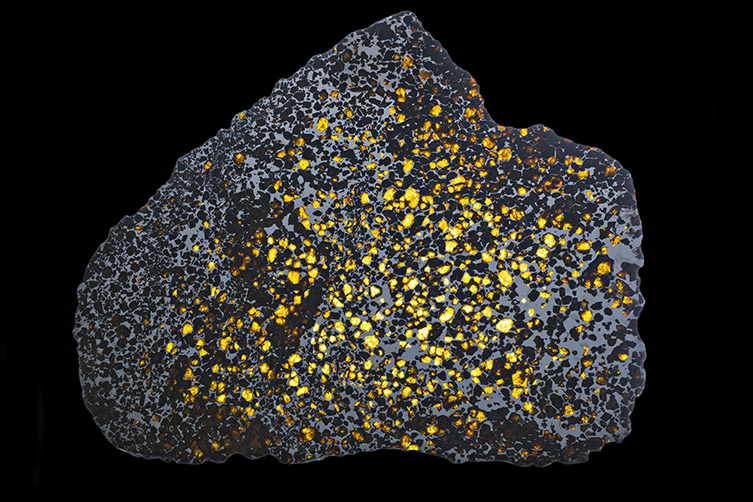
For the first time, SYNTHESYS will be offering virtual access to collections through digitisation. The Virtual Access (VA) programme is not a direct digital parallel of Transnational (physical) Access (TA) - proposals for digitisation will be prioritised and carried out based on community demand, and data must be made openly available. A key feature of Virtual Access is that, unlike TA, it does not select the researchers to whom access is provided.
Because VA is new to the community and to the collections-holding institutions, we are inviting ideas through this call, opening on 7th October 2019 and closing on 22nd November 2019. The deadline for contacting the VA coordinator at any institution you wish to involve in your idea is 1st November - proposers should work collaboratively with the digitising institution(s) to complete the form.
This ideas call does not offer funding, but provides the opportunity to open discussion between researchers and institutions to shape proposals, preparatory to the first full VA call in early 2020. We are also using this call to test the application process - some fields are currently voluntary but we encourage you to fill in as much information as possible. Applications to the formal call are not dependent on having participated in the soft call, but participation is likely to help refine and improve proposals.
Proposals will be looked at by the Stream Coordinator, along with other SYNTHESYS+ VA and Management team members in order to provide initial feedback. Formal proposal review or prioritisation will not occur for this soft call.
While it will not be possible to give detailed feedback on all ideas received, a report will be published by January 2020, summarising the ideas submitted along with key feedback on how to produce a strong proposal and any pitfalls to avoid. Feedback on the form and scope of VA will also be sought from soft call participants, to refine the formal call process.
Find information about collections and facilities here - please note, information will be updated and expanded before the formal call.
When contacting institution(s) about your ideas, please go via the named VA Coordinator(s) - a full list can be found here.
How does Virtual Access relate to Transnational Access?
The process for VA proposals will have a similar timeline and application form to TA, and rely on the same information about collections and facilities at institutions, however there are several key differences:
Digitising institutions must be strongly involved in shaping the bids e.g. setting out appropriate workflows and costings, meaning a two-stage process with a deadline for initial information to institutions before a final proposal deadline;
Data (including images etc) generated under VA must be made openly available immediately (full requirements for this will be specified in the formal VA call)
There are more likely to be multiple institutions involved in VA proposals e.g. to digitise complementary collections across multiple sites.
No travel by staff is anticipated
Do I have to participate in this soft call to be considered for the formal calls in 2020?
No. However, participating in the soft call will help you to refine and improve proposal ideas, and establish communications with relevant institutions.
What is in scope for digitisation in VA?
Digitisation here is defined as a request for collections data in digital form. This may be digital images, digital data (including that from 3D scans and other complex technologies), or digital molecular or chemical data. Requesting molecular or chemical data may significantly increase the costs of your proposal, and limit the institutions able to act as digitising partners. Your VA coordinator can provide essential advice on this point.
What kinds of digitisation can I request and from what institutions?
Part of the purpose of the ideas call is to refine the scope of VA. We suggest that you consider what data would be most useful (and why), then approach relevant institutions participating in the VA programme to discuss how they would digitise those collections and at what cost, refining proposals together.
What are the criteria for prioritising VA proposals?
This ideas call will help to refine the VA prioritisation criteria. It is likely that these will include:
Feasibility and cost will also be considered - the proposals prioritised will aim to strike a balance representing excellence across these areas.
Where can I find information about digitisation workflows and costs?
Please contact VA coordinators at the digitising institutions you propose to work with.
Can I propose additional data for collections that already have some digital record?
Yes, provided you can make a case for why these additional data are important to the research community.
Is there a minimum or maximum cost for VA proposals, or a minimum or maximum number of specimens?
No, there are no minima or maxima. Given the overall size of the VA funding (approximately €500K/call, we expect that the majority of proposals will be in the range €10,000 - €50,000, but with some exceptions. We also expect that some prioritised proposals are likely to request ‘mass’ digitisation of 5,000+ specimens; however, there are bound to be exceptions for small but high-impact collections and/or more novel processes.
Can I have a temporary embargo on data for my active research?
No. All data created through VA must be made public as rapidly as possible from each institution.